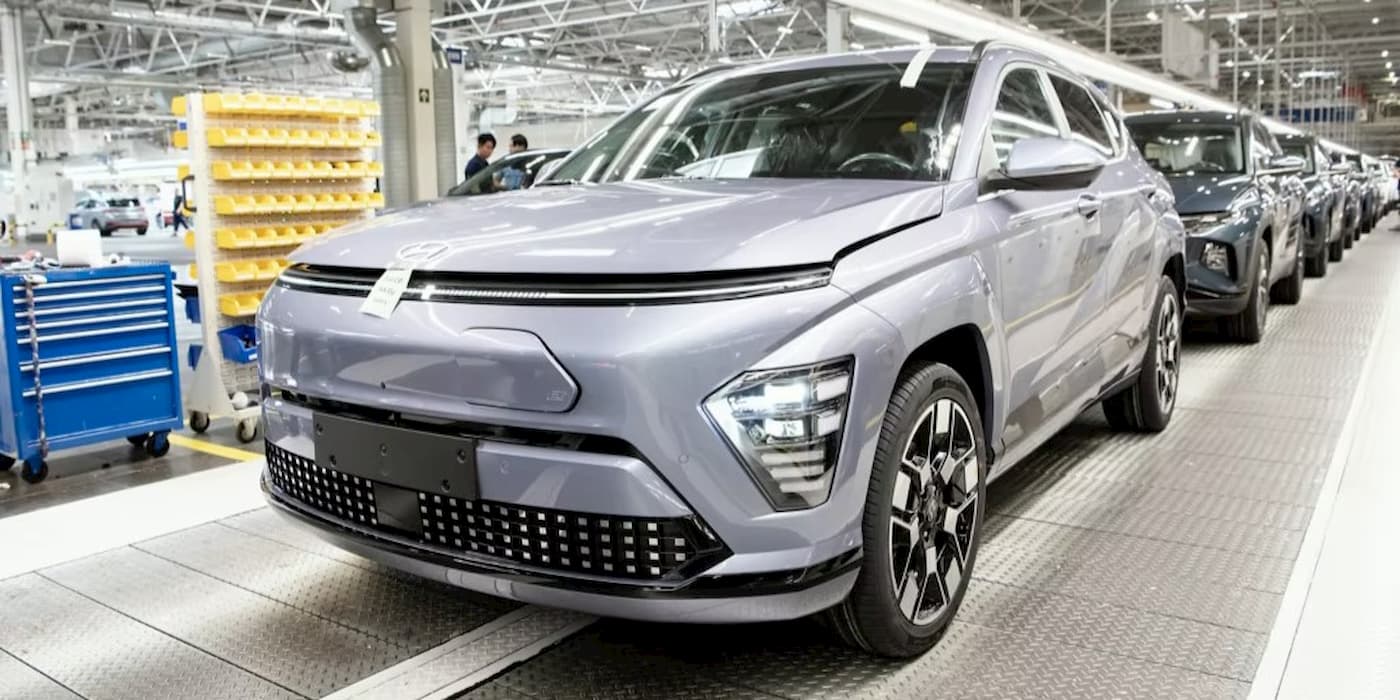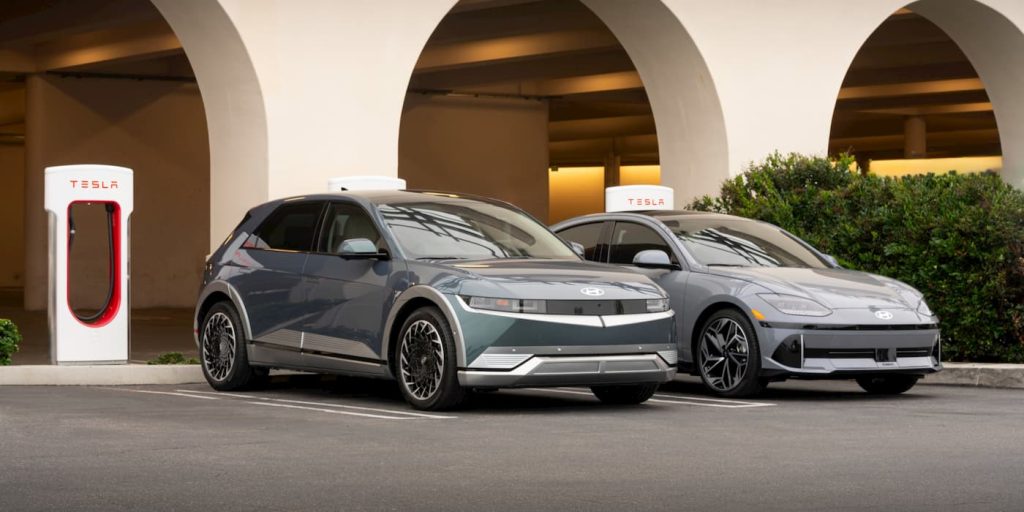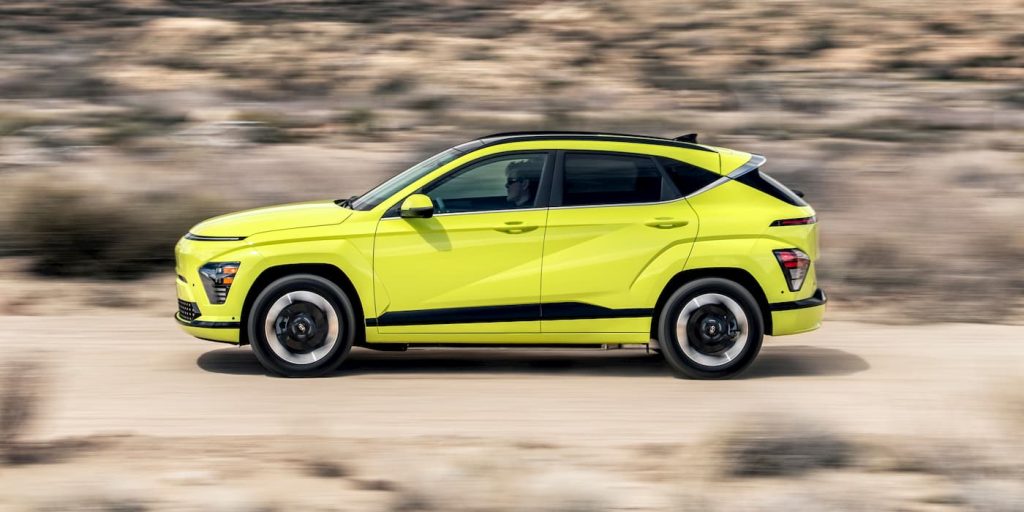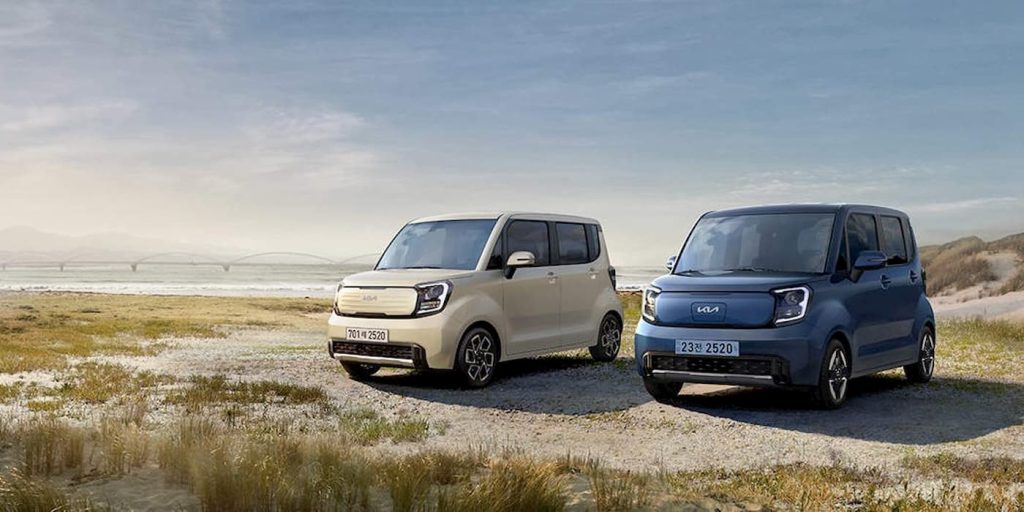
The Hyundai Motor Group plans to build its own LFP batteries to support cheaper EV prices. Industry sources said the automaker is expected to introduce LFP batteries in Hyundai and Kia electric cars from 2025.
At its 2023 investor day in June, Hyundai revealed a $7.3 billion investment ( KRW 9.5 trillion) to develop EV batteries over the next ten years.
Hyundai said it was leveraging its position “amidst a seismic change in the industry.” The plans include co-developing NCM, LFP, and solid-state batteries to improve range while lowering costs.
The automaker said it had formed a dedicated unit for each component of battery development. The first Hyundai EVs with competitively priced LFP batteries will arrive in 2025.
Hyundai said its new LFP battery-powered electric models will feature increased energy density and improved low-temp efficiency.
According to local media reports (via The Korea Herald), Hyundai will complete the development of its LFP batteries in 2024. The move is expected to reduce Hyundai’s reliance on China while promoting cheaper EV prices.

Hyundai to build cheaper EV batteries
Hyundai teamed up with other South Korean industry leaders this year, including battery giants SK On and LG Energy Solutions, to advance EV sales in the region.
The first Hyundai-made NCM battery was featured in the Sante Fe hybrid, launched in August. The company’s new battery (developed with SK) improved battery efficiency by about 10% compared to the previous model.

Hyundai looks to maximize battery cell capacity to its highest level of over 60 amps. Meanwhile, its energy density is expected to be around 300 watts per kg. The automaker aims to boost capacity to that of premium NCM batteries.
Currently, the Hyundai Kona EV and the new Kia Ray EV are powered by LFP batteries from China’s CATL.

The move comes as Hyundai aims to detach from China by producing cheaper LFP batteries in-house.
“Like the world’s top EV makers Tesla and BYD, if Hyundai develops more EV batteries, it can boost production and cut the overall costs,” explained Lee Ho-geun, a car engineering professor at Daeduk University.
The cheaper LFP batteries will be installed in Hyundai and Kia entry-level and mid-priced EV models from 2025.
Electrek’s Take
Demand for affordable EVs continues rising across the top auto markets globally. China’s largest EV maker, BYD, is seeing record growth with low-priced EV models like the Dolphin electric hatchback and Yuan Plus (Atto 3), which start at around $20,000 in many markets.
BYD also makes its own batteries and outsources to other companies, including Kia, Tesla, Toyota, and others. The auto giant posted a record $1.4 billion in Q3 profits despite the intensifying EV price war in China and overseas.
By producing batteries (especially cheaper ones), Hyundai will set itself up for success as the industry transitions to EVs.
Hyundai aims to be a top three EV producer by the end of the decade. Building cheaper batteries in-house will be a good start.
FTC: We use income earning auto affiliate links. More.

Comments